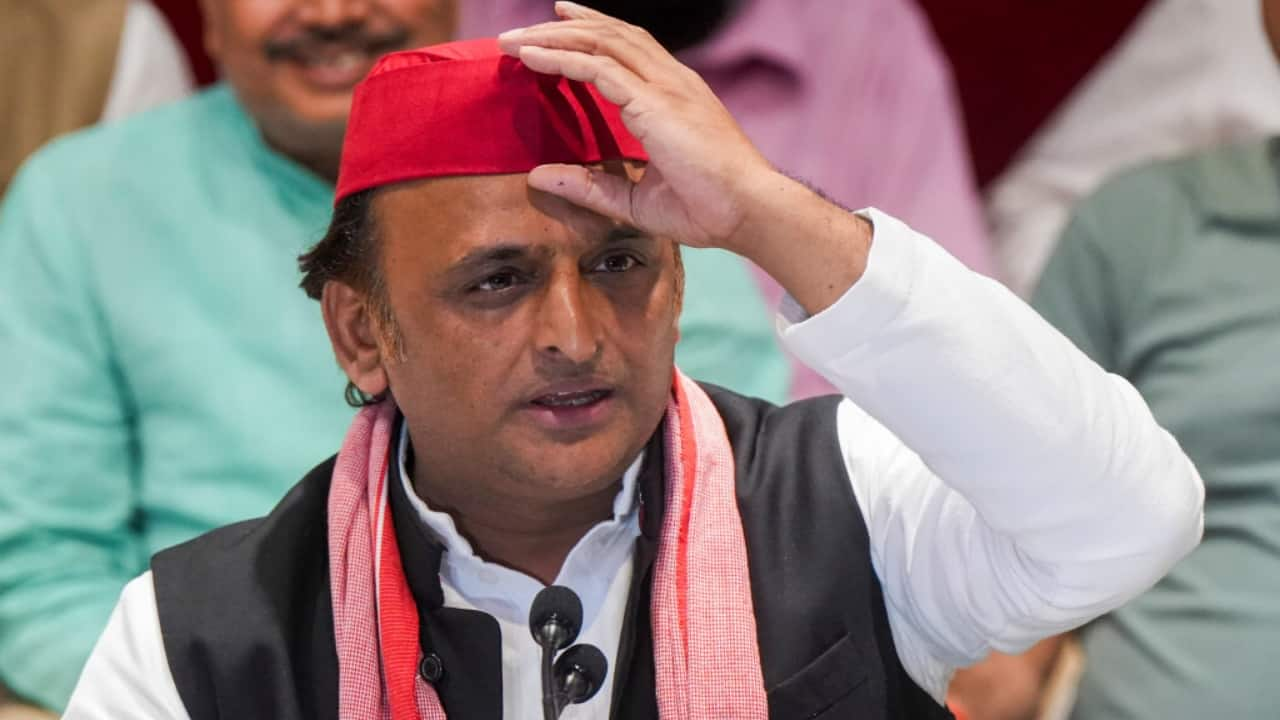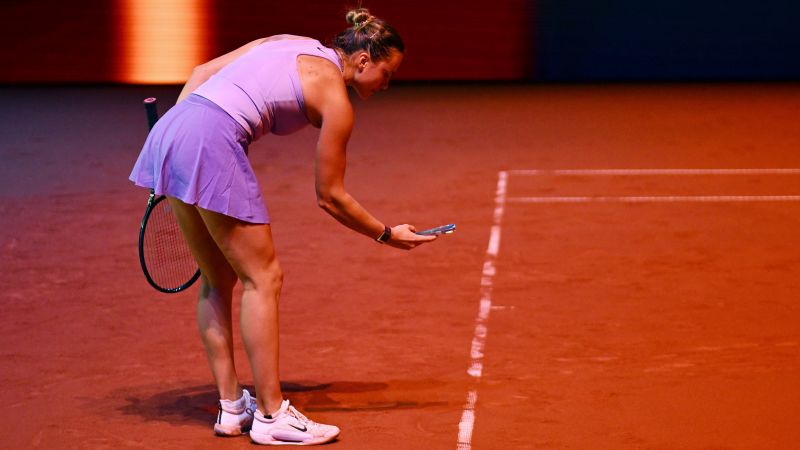Mumbai: The Reserve Bank of India (RBI) has proposed changes to harmonize lending norms across regulated entities. Two major frameworks proposed as part of the monetary policy statement on 9 April pertain to co-lending and lending against gold ornaments and jewellery—both popular loan segments for lenders and borrowers alike. Mint takes a look at what these proposed norms could mean for the sector and how they will impact lending in these segments: The biggest takeaway is that co-lending has now been extended to all regulated entities as against the current norm of only banks and non-banking financial services companies ( NBFCs ) being allowed to co-lend together.
Co-lending refers to joint funding of a loan portfolio in a pre-agreed proportion, involving revenue- and risk-sharing, with or without sourcing and management arrangement. Also read | What RBI has in store for banks and NBFCs next year This effectively means that two banks or two NBFCs can co-lend an advance. Given the significantly higher number of NBFCs in the country, this capital-light model is seen beneficial for small, mid-sized and digital NBFCs, which will now be able to work with larger or traditional NBFCs than waiting for a banking partner.

Lenders will also be allowed to provide a default-loss guarantee of up to 5% of loans outstanding under a co-lending or sourcing arrangement. When co-lending guidelines were introduced in 2020, they were applicable only to PSL (priority sector lending) loans. However, RBI, on a case-by-case basis, has been allowing banks to co-lend in non-PSL segments.
“As per recent studies, about 75% of the co-lending volumes handled by banks are in non-PSL loans. However, these were based on approvals granted by the RBI to specific banks that had sought permission,” said Kishore Lodha, chief financial officer at UGRO Capital . The proposed norms will “significantly broaden the scope of co-lending” and will lead to banks scaling up volumes far beyond current levels, he said.
“Though the process of forming partnerships and executing co-lending agreements remains quite lengthy and requires considerable effort, it is expected to gain momentum sooner rather than later,” he said. This could open new avenues for lending to varied borrower segments such as retail, MSMEs (micro, small and medium enterprises) and consumption credit as banks are typically more conservative in the case of small-value loans, industry experts said. Borrowers will also benefit from rules for tighter agreements and more transparent operational guidelines for lenders.
As per the proposed norms, co-lending agreements must include and disclose detailed terms and conditions, criteria for borrower selection, specific product lines and areas of operation, fees payable for lending services, segregation of responsibilities, and customer interface and protection issues and grievance redress mechanism. Also read | NBFCs gain fresh momentum as RBI eases bank lending norms Lenders will also need to disclose the annual percentage rate—including the blended interest rate and any additional fees—charged to the borrowers in the key fact statement (KFS). All disbursements and repayments will need to be routed through an escrow bank account, and all complaints will need to be dealt within 30 days.
Lenders need to ensure KYC compliance and implement a business continuity plan to ensure uninterrupted service to borrowers in case the co-lending arrangement dissolves. RBI has clarified that the proposed co-lending norms will be an addition to certain existing norms to address the gaps in such arrangements which currently do not cover all categories of loans. The Digital Lending Guidelines and those for peer-to-peer lending platforms will continue.
The new guidelines will also apply to lending arrangements involving sourcing of loans by one regulated entity (RE) from other REs or non-REs under an outsourcing agreement, without fund or non-fund commitments. However, loans exceeding ₹ 100 crore, sanctioned under multiple banking, consortium lending, or syndication arrangements, will be exempt from these norms. Asset classification for these loans will be done at the borrower level, implying that a loan exposure will need to be classified as ‘standard’, ‘SMA’ (special mention account) or ‘NPA’ (non-performing asset) for both lending partners at any given time.
The key changes proposed under the new norms pertain to the classification of gold and silver loans based on their end use, specifically whether the loans are being given as ‘income generating’—say credit for agriculture or to small business—or as ‘consumption’ loans for personal fund requirements. The same eligible gold collateral cannot be used concurrently for income-generating and consumption loans. Income generating loans will need to be classified as per the purpose for which they are being given, instead of as gold loans, on the lenders’ balance sheets.
The central bank also capped the tenor of consumption gold loans with bullet or lump sum repayments at 12 months for banks. For such loans by co-operative and regional rural banks, the loan amount has been capped at ₹ 5 lakh per borrower. The loan-to-value (LTV) ratio for all gold loans by NBFCs and for consumption loans by banks will be capped at 75%.
Currently, for agri-based gold loans, banks follow an LTV as fixed by their internal policy, which is seen continuing for all income-generating gold loans. “If the end use is for income generation, lenders (excluding NBFCs) can prescribe an LTV ratio as part of their policy; however additional due diligence including borrower cash flow assessment and primary security creation process could be operationally onerous,” said AM Karthik, senior vice president & co-group head, financial sector ratings, ICRA. Under the new norms, RBI has explicitly barred lenders from accepting gold in its primary form—such as bullion or gold bars or even financial instruments like gold ETFs and mutual funds—or against re-pledged gold collateral where the ownership of the collateral is doubtful.
Lenders will be required to cap their gold loan portfolios as a percentage of their total loans and advances, which will need to be reviewed periodically. As such, the quantum and tenor of gold loans will need to be assessed on the basis of credit requirement and cash flows likely to be generated through the economic activity, and not the value of the collateral. Moreover, they will only be allowed to sanction loan renewals and top-up loans, if the existing loans are classified as ‘standard’.
Top-ups or renewals of bullet repayment loans may be extended only after the repayment of interest accrued. All such additional loans can be extended only on the basis of a formal borrower request and based on a fresh credit appraisal. Also read | NBFCs brace for slower growth as asset stress, fund costs pinch “RBI’s decision to harmonize gold loan rules and regulations will be beneficial for all stakeholders, especially gold loan NBFCs, as there is currently no level playing field,” said V.
P. Nandakumar, managing director at Manappuram Finance. NBFCs have always been at a disadvantage given that banks have access to cheaper funds, are eligible to offer gold-based agricultural loans, enjoy higher LTV ratios and benefit from favourable renewal policies, he said.
Like in the case of the proposed co-lending norms, gold loan borrowers will benefit from tighter norms for lenders pertaining to handling and assaying of the gold collateral; a mandate for better infrastructure; facilities and safe deposit vaults for storage of the collateral; strict guidelines on the return of collateral post repayment or settlement of the loan and the auction process; and grievance redress mechanisms. Borrowers will be able to pledge gold or silver ornaments of up to 1 kilogram. Herein, the aggregate weight will be capped at 50 gram per borrower in case of gold coins and 500 gram per borrower in case of silver coins, subject to them being specially minted coins, with a purity of 22 carats or higher, sold by banks.
In case of delays in return of the collateral, borrowers will be liable to compensation of ₹ 5,000 for each day of delay beyond the seven-day timeline. If collateral is auctioned, lenders will also need to declare a reserve price for the gold collateral at the time of auction, subject to it being at least 90% of the current value of the collateral..
Business

What RBI's proposed norms mean for co-lending, gold loans

Two major frameworks proposed as part of the monetary policy statement on 9 April pertain to co-lending and lending against gold ornaments and jewellery—both popular loan segments for lenders and borrowers alike.














